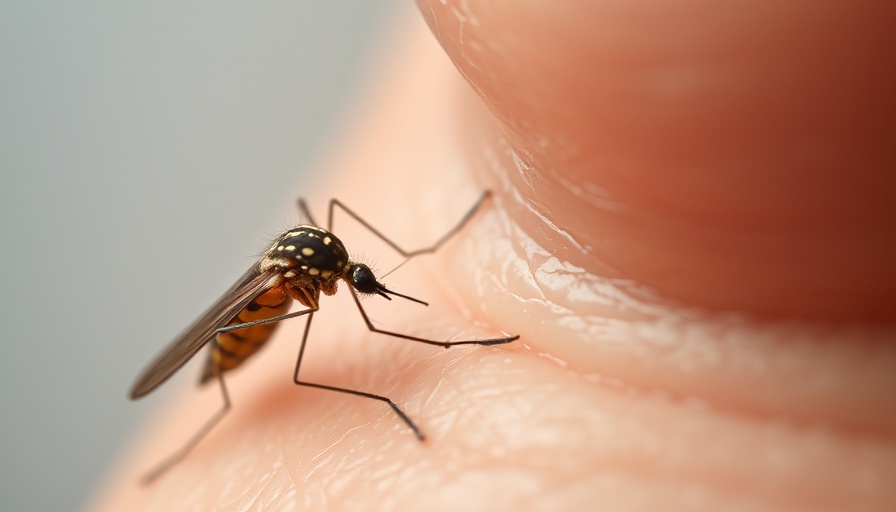
Breakthrough in Understanding Spinal Cord Injuries
A revolutionary blood test may soon change how doctors predict recovery from spinal cord injuries, offering new hope for the approximately 18,000 people affected in the U.S. each year. Researchers at Johns Hopkins University have developed a method that assesses the potential for mobility recovery, utilizing fragments of spinal cord DNA found in patients’ blood samples. This innovative test provides insights into injury severity and recovery prospects, moving us closer to personalized medicine in the field of traumatic injuries.
How the Blood Test Works
The test works by analyzing the levels of spinal cord DNA and specific blood plasma proteins known to elevate in spinal injury cases. According to lead researcher Dr. Tej Azad, "If you have a spinal cord injury, your main question is simple: Am I going to walk again?" This test strives to provide direct answers to that critical question. During their research with 50 spinal cord injury patients and an additional 25 non-injured individuals, the team discovered a striking correlation between the amount of DNA present and the severity of injury.
The Impact of Predictive Testing on Treatment Options
This blood test not only estimates the likelihood of recovery but also directs patients towards appropriate treatment pathways and clinical trials faster. By implementing a Spinal Cord Injury Index, which combines DNA data with insights from blood proteins, the test has reportedly predicted recovery outcomes with 77% accuracy after following patients for six months. This advancement echoes trends in oncology, where blood-based biomarkers have already transformed cancer diagnosis and treatment.
The Future of Spinal Injury Recovery
While the findings are promising, researchers emphasize the need for further studies to validate the test’s effectiveness comprehensively. As more data emerges, this blood test could usher in a new era of treatment that enhances precision in assessing and addressing spinal injuries. Such innovation not only provides answers but also instills hope among patients and their families, highlighting the importance of ongoing medical research.
For those interested in the interplay of medical advances and their personal health, staying informed can be invaluable. Whether you’re dealing with a spinal injury or just looking to enhance your overall well-being, understanding these advancements is crucial. Contact us for more details.
 Add Row
Add Row  Add
Add 




Write A Comment